Have you ever heard of Hiroshima Kaki (oyster)? In fact, Hiroshima Prefecture ranks first in Japan in oyster production. In 2018, the total production of Japan was 29,846 tons (naked meat), of which 18,708 tons, or 62.7%, were accounted for by Hiroshima Prefecture. It is more than six times that of Okayama Prefecture, which is in second place. Today, we are going to explore about the secret to Hiroshima kaki, as well as its origin. And do not forget to take note because we will introduce you some of the best restaurants in this article.
WHAT IS HIROSHIMA KAKI?
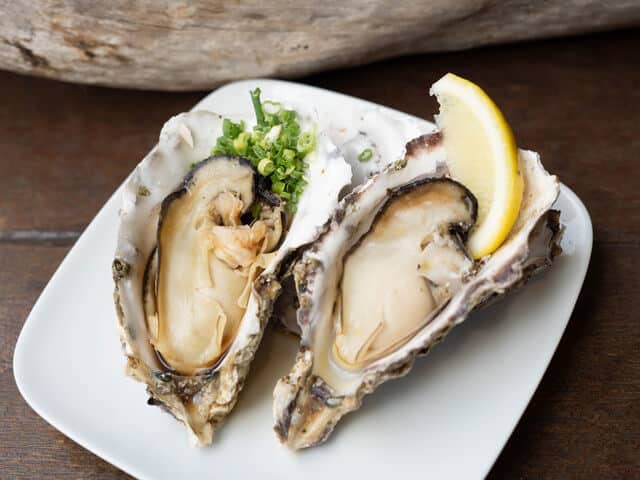
People believe that Japanese foods have a way of pleasing everyone’s stomach. Take Hiroshima Kaki or Hiroshima Oysters as an example, known as one of the best oysters in Hiroshima Prefecture in Japan. Hiroshima Prefecture boasts the largest production of oysters in Japan, accounting for 60% of the total national production and supplying the majority of it in the country. These Hiroshima oysters, considered the prefectural fish and a special product of the prefecture, grow in the Seto Inland Sea. This sea, rich in nutrition and with calm waves, gives the Hiroshima Kaki characteristics such as small shells but with a rich texture and rich taste.
ORIGIN/ HISTORICAL BACKGROUND
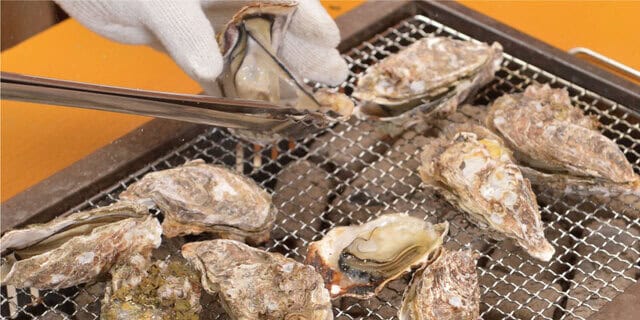
The calm coast of Hiroshima Bay in the Seto Inland Sea provides an ideal environment for oyster growth. The mix of freshwater from the Ota River and abundant plankton allows for natural oyster harvesting anywhere in the bay. Excavations of shells such as Pacific oysters and oysters from the shell mounds of the Jomon and Yayoi periods along the coast of Hiroshima Bay show that oysters were an important food for ancient people.
Oysters have served as a staple food for centuries. However, oyster farming didn’t begin until the end of the Muromachi period around 1532-1555. During this time, Aki province invented a method called “aquaculture”. This method involved arranging pebbles on tidal flats, attaching oysters, and waiting for them to grow before harvesting them. Over time, technological advancements improved oyster farming techniques, such as cracked aquaculture and the current hanging-type aquaculture method. As a result, the production volume of Hiroshima oysters has significantly increased.
HOW IS HIROSHIMA KAKI MADE?
The Process

People enjoy Hiroshima Oysters all year round, but the season peaks from November to February. Currently, harvesters use a raft hanging method to cultivate Hiroshima oysters. This method resembles the pile driving method, but the oysters hang on a raft and attach to the shells to grow.
The first process of the raft hanging method, “seedling collection”, involves attaching oyster larvae to scallops by hanging the ropes in the sea. The next process places the ropes on the coastal shelves and tide, or what we call “suppression”. This suppresses the growth of oysters and gives them resistance to respond to environmental changes by exposing them to the air for a certain period during the ebb and flow. Then, raft cultivation begins, which consists of the main hanging that creates a new hanging chain and hangs it on an oyster raft and grows from hanging to harvesting. Finally, the harvesting process occurs.
Thanks to the development of aquaculture technology, harvesters can collect a lot of oysters and sell them from local Hiroshima to other countries through the Sanyo Expressway. The unusual form of a shaving boat, originally used for transportation, is also used for sale and has advanced to Osaka, where the waterways are so developed. People still consume Hiroshima’s shaved oysters, prized for a long time, nationwide and now account for 70% of Japan’s total production.
There are many ways to enjoy fresh oysters because of the thriving production of the oyster. Not only can you enjoy oyster dishes at the restaurant, but you can also bake or take out oysters yourself, such as oyster huts, oyster boats, and oyster eating walks.
What is so unique about it?
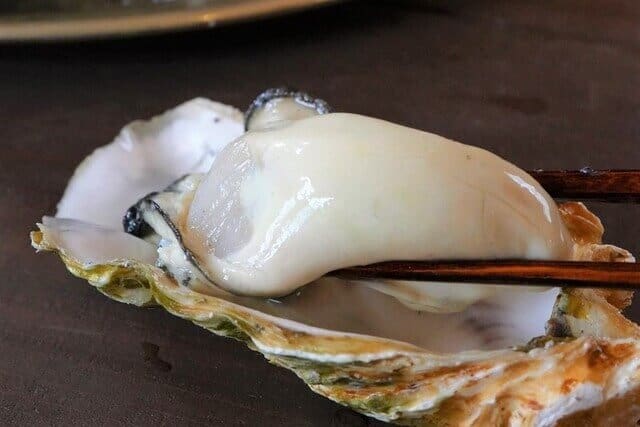
Hiroshima oysters, characterized by their small shells, yield large, plump, and richly flavored meat. Normally, workers wash the landed oysters and then ship them as is. However, before that, they thoroughly clean Hiroshima oysters in a private pool over a day, similar to the “sand removal” process in clams. This process expels all pollutants such as germs that have accumulated in the body, eliminating the peculiar harshness taste of oysters and enhancing the original umami of oysters. Hiroshima Prefecture has enforced an ordinance prohibiting the stripping of oysters for raw consumption without this purification. The entire prefecture is working to stabilize the quality of Hiroshima oysters until the present times.
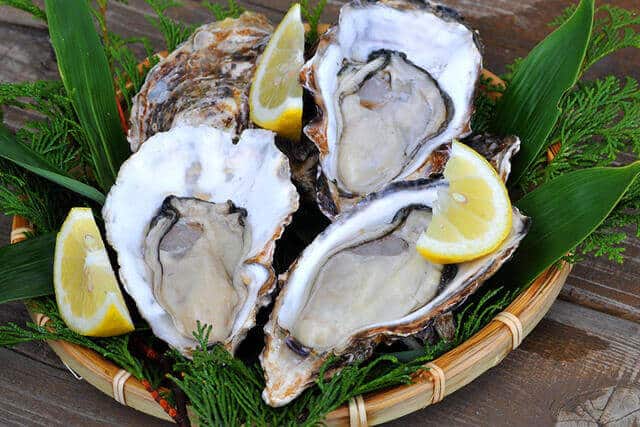
Hiroshima Prefecture clearly distinguishes between harvest areas for raw oysters and oysters for heating, enforcing a very strict designation. This practice, based on Hiroshima’s unique ordinance not found in other prefectures, allows for the creation of a designated sea area. This designation enables the determination of where the shipped oysters were caught.
RECOMMENDED HIROSHIMA KAKI RESTAURANTS
Because we are defining and elaborating on one of the special products of Hiroshima Prefecture, one can easily enjoy them in Hiroshima and Miyajima, and here are the following recommended Hiroshima Kaki or Oysters restaurants:
Kakiya
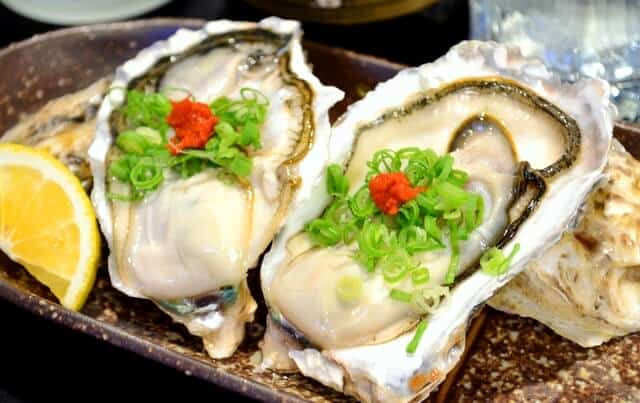
It is known as the oysters’ specialty store where you can enjoy all oysters in Hiroshima and Miyajima. It is the only oyster restaurant in Miyajima that specializes in oysters. You can buy grilled oysters and lanterns for ¥ 300 (tax included). Fresh oysters are always available because the male staff of the store has a ship license so that they can go to the sea easily and get oysters freshly. In Kakiya, you can have a simple seasoning that brings out the original taste of oysters.
Kakiya also has its luxurious menu if one would like to go all-in enjoying oysters. This is the “Special Kakiya Set Meal” ¥2,690 (tax included). It consists of 2 grilled oysters, oyster rice, fried oysters, pickled oysters in oil, red oyster soup, oyster boiled in soy sauce.
Yakigaki no Hayashi
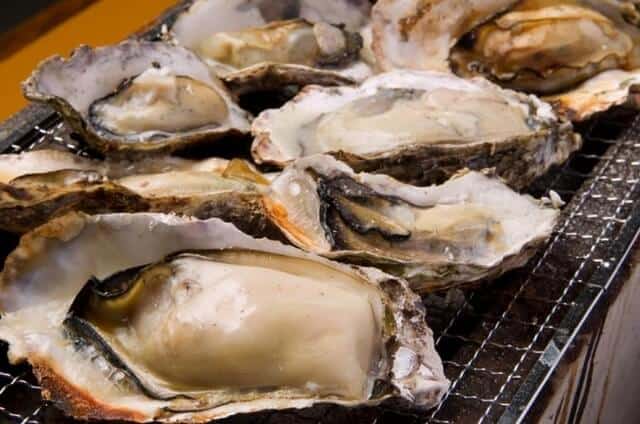
It is a store that represents Hiroshima’s “freshly baked” brand oysters in Miyajima. It is an oyster specialty store that has been popular since its establishment in 1948 and as a store that originated from grilling. A long-established store that uses the brand oyster “Jigozen Gaki” and is attractive for its oyster ingredients and baking techniques.
This store specializes in a dish called “Yakigaki” which you must try. They serve a plate of four pieces of traditional steamed oysters known as “Yakigaki”. These oysters are prepared to bring out their deliciousness and are priced at 1,400 yen including tax. Dine-in and Take out is also possible at this store.
Kakihiyokko Shoten

The interior of the store, which has a tatami room and a counter, has a cozy and lively atmosphere. It is an “All-you-can-eat” Hiroshima oysters store type. They used oysters from Hiroshima and Etajima Nomi in their oyster dishes.
The all-you-can-eat menu includes an all-you-can-eat oyster dish and an all-you-can-eat grilled oyster course. There are many types of oyster dishes such as “vinegar oysters”, “oyster gratin”, and “heavy weighted-oyster”.
Oyster Bar MABUI Namiki store
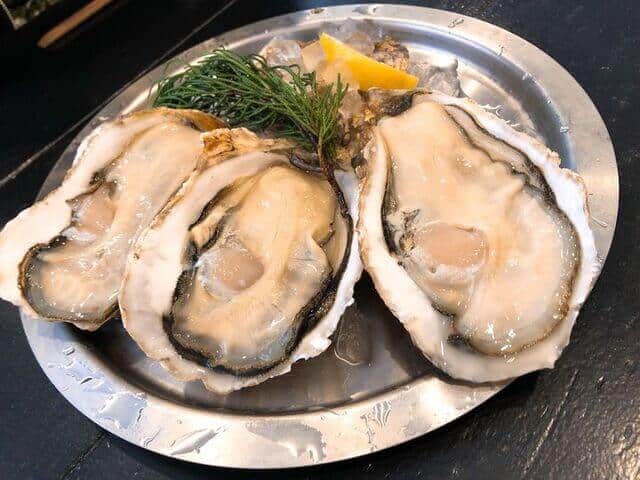
It is a very innovative kind of store because you can enjoy Hiroshima’s oyster dishes with Western food. The store has a very fashionable and cute appearance for an oyster bar where you can enjoy oyster dishes from Hiroshima and other dishes in Western-style.
Because the store has a wide variety of oysters, you can compare eating raw oysters with shells. There is also a wide variety of Western-style oyster arrangement menus, such as garlic oysters, pizza, gratin, etc. And they also have about 40 kinds of wine, and it goes well with oyster dishes.
Oyster Ship Kanawa
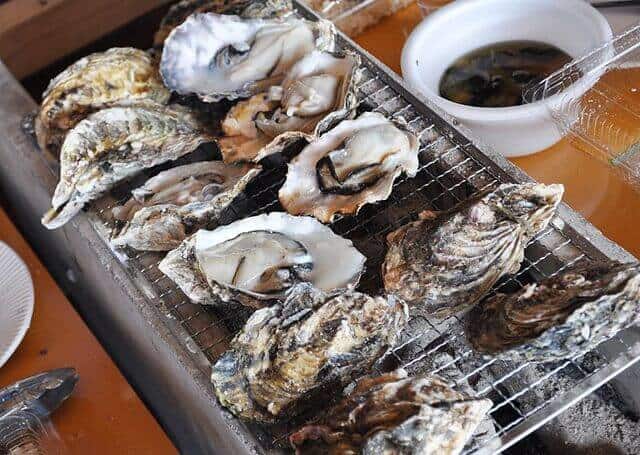
Oyster Ship Kanawa” is a restaurant where you can enjoy oyster dishes on a boat floating on the Motoyasu River and on the other side, you can see the Peace Memorial Park. Each floor has a different taste, the first floor is “Seto” where you can casually enjoy authentic Japanese food, and the second floor is “Wakyu” where you can relax and enjoy a luxurious dish in a private room.
This is “Oyster Mariage” ¥ 10,800 (tax included). Assorted raw oysters and a set of sparkling wine. A fashionable combination with sparkling wine that is irresistible for oyster lovers. The oysters used are “Kanawa no Kaki”, an original oyster cultivated in the Seto Inland Sea.

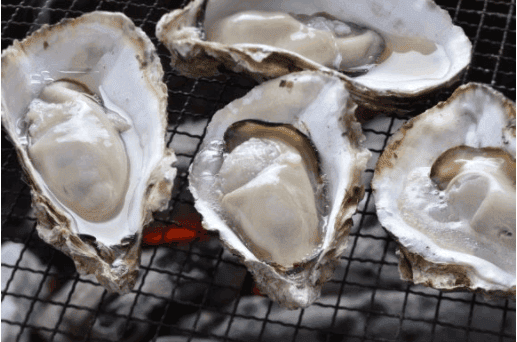
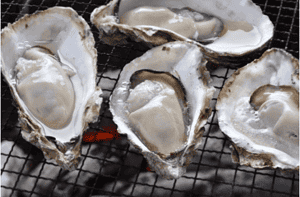
Comments